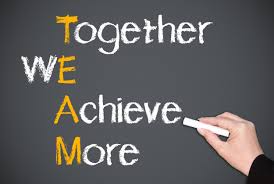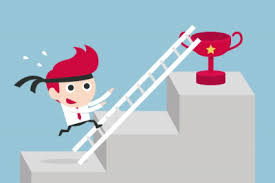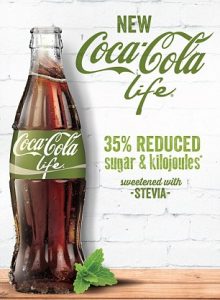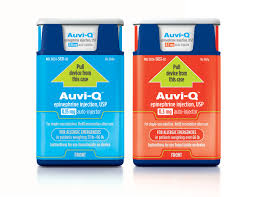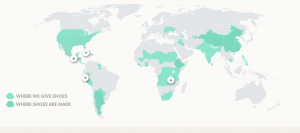Essena O’Neill is a blogger who has a growing 612,000 followers and 30,000 daily hits clearly indicate she is a source of information to users of the site. “Over the past several years, O’Neill has built a social media empire… and soon became consumed by it”. Essena O’Neill was an Instagram sensation. However, one day O’Neill took to the media stating how unhappy she was.
O’Neill took her stance and caused controversy when she said, “Social Media is NOT real life”. Her actions went viral; comments from famous beauty bloggers to YouTube vloggers, swept the Internet. O’Neill received both positive support and negative backlash on this subject. She responded with: “If you find yourself looking at ‘Instagram Girls’ and wishing your life was their, you need to realize you only see what they want”. O’Neill is now currently investing her time campaigning against social networks, particularly Instagram.
To add on, Soosie, a lifestyle blogger, author of “Sweet & Soosie”, shares similar opinions towards social media. Last year, Soosie wrote a blog post about the infamous Instagram powerhouse couple, Alexis Ren and Jay Alvarrez. Ren and Alvarrez have a growing number of 9 million followers.
However, through various social media portals, many users have expressed their feelings towards the couple, saying things like: “relationship goals”, “my life sucks”, and “I hate being ugly and fat”. Mainly commented by young users, the ideal of their ‘perfect life’ has been created through social media. Young girls and boys want what is not real, a stream of photos pinned together, creating what looks to be #goals.
With more than 9 million followers, Alvarrez and Ren are two of many Instagram users that hold great amount of responsibility; their extravagant lifestyle has drawn in many youth users, digital natives that live on the Internet, making Instagramers such as Alvarrez and Ren, their role models. What is most distressing, perhaps, is that the ‘picture perfect’ lifestyle portrayed is completely staged – Ren and Alvarrez have a professional photographer directing and capturing manufactured experiences, the exact opposite of the candid, real-life, spontaneous selfies.
This is the social culture Instagram has contributed to; by allowing individuals to add filters and edit their life online. Instagram is partially liable for the large amount of self-disrespect, and low confidence in young adults, based on the activities that happen on the app. Ethically, this should be an issue Instagram, a large and influential corporation, should try to solve. Ultimately, this app has spiraled out of control over the past few years – a step in the wrong direction to what the app was originally created for.
word count: 428
Work Cited
McNeal, Stephanie. “An 18-Year-Old Instagram Star Says Her “Perfect Life” Was Actually Making Her Miserable.” BuzzFeed. BuzzFeed, 04 Nov. 2015.Web. 25 Feb. 2016.
O’Neill, Essena. “Essena O’Neill (@essenaoneill) • Instagram Photos and Videos.” Essena O’Neill (@essenaoneill) • Instagram Photos and Videos. Instagram, n.d. Web. 23 Feb. 2016.
Soosie. “Alexis Ren and Jay Alvarrez: SO OVER IT!” Sweet & Soosie. Sweet & Soosie, 7 July 2015. Web. 30 May 2016.





